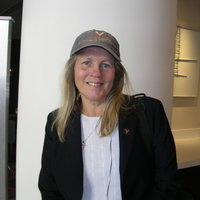Perplexity on the irony of debunking David Ho's HIV research
The irony lies in the fact that David Ho’s foundational AIDS research not only shaped the dominant scientific paradigm for understanding and treating HIV/AIDS, but also established the nosology—the classification and definition of the disease itself—upon which all subsequent research and clinical practice was built. If his core research were to be debunked, it would not only undermine the prevailing scientific consensus about HIV/AIDS, but also destabilize the very framework that defines what AIDS is, how it is diagnosed, and how it is categorized in medical literature.
The Paradigm and Nosology Connection
David Ho’s work, especially his demonstration that combination antiretroviral therapy could suppress HIV to undetectable levels, became a cornerstone of the AIDS research paradigm. This paradigm includes the understanding of HIV as a chronic, treatable disease and the classification of AIDS based on specific clinical and immunological criteria. The nosology of AIDS—its diagnostic categories, staging, and definitions—was developed in direct response to the biological and clinical insights generated by Ho and his colleagues.
The Irony of Debunking
If Ho’s foundational research were shown to be flawed or incorrect, the entire edifice of AIDS science would be called into question. This would mean that not only would the therapeutic strategies and public health policies based on his work be invalidated, but the very definition of AIDS—its diagnostic criteria, staging, and classification—would also be undermined. The nosology itself is premised on the biological and clinical observations that Ho’s research helped to establish. Therefore, debunking his work would create a crisis not just for the paradigm, but for the nosology that defines the disease.
Broader Implications
This situation highlights the deep interdependence between scientific paradigms and nosological frameworks in medicine. When a foundational researcher’s work is challenged, it can unravel both the scientific consensus and the classification system that organizes clinical practice and research. The irony is that the very structure that Ho’s research helped to build would collapse if that research were discredited, leaving both the paradigm and the nosology in need of reconstruction








